The Center for Computational Biology develops new and innovative methods of examining data in the biological sciences whose scale and complexity have historically resisted analysis.
Featured News

An analysis of more than 5,000 individuals with autism reveals four distinct groups that link autism-related traits with underlying genetics. The work could open the door for more precise diagnoses and personalized support, such as counseling and physical therapy.
CCB’s mission is to develop modeling tools and theory for understanding biological processes and to create computational frameworks that will enable the analysis of the large, complex data sets being generated by new experimental technologies.
Research Areas
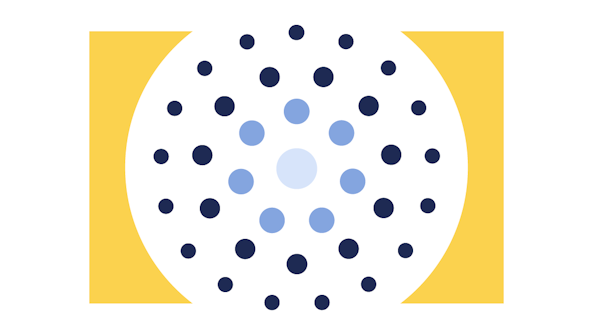
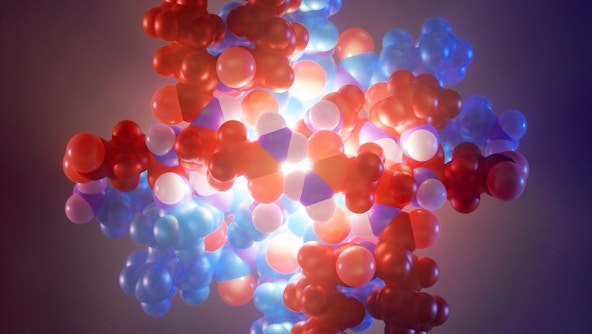
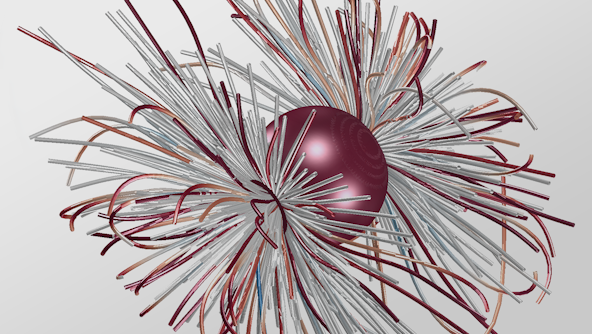
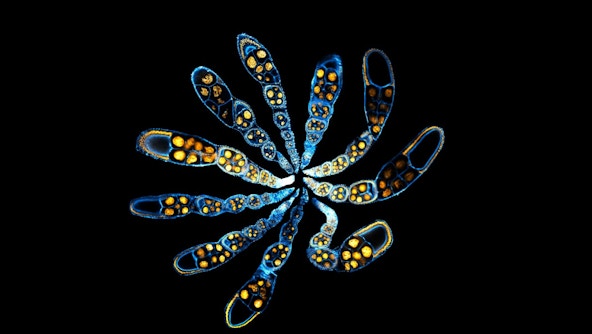

Collaborative Work
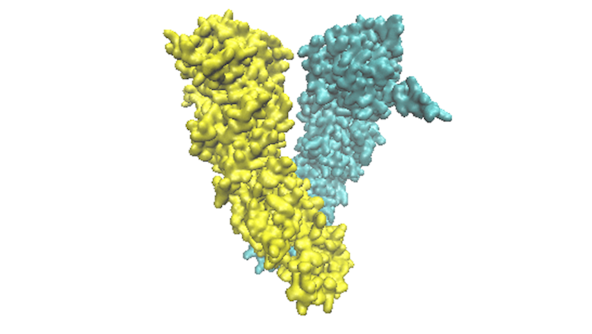
Underlying all biological processes are molecules and their interactions with each other. However, our ability to understand how these molecules function over biologically relevant scales remains very limited.
- CCB
- CCM

The Center for Computational Biologyx (CCBx) is an effort by the Center for Computational Biology (CCB) to (a) create and validate quantitative techniques and (b) develop and test theories of biological systems that are predictive of these systems’ behaviors and responses to genetic, chemical and physical perturbations.
- CCB
Upcoming Events
-
15 Mon -
Meeting 10:30 a.m. - 12:00 p.m.
Developmental Dynamics Group Meeting
-
Meeting 1:00 - 2:00 p.m.
CCBx CryoEM/ET Meeting
-
Meeting 2:00 - 3:00 p.m.
CCBx Neuro Meeting
-
Meeting 10:30 a.m. - 12:00 p.m.
-
16 Tue -
Meeting 10:00 - 11:00 a.m.
Biophysical Modeling Group Meeting
-
Meeting 12:00 - 2:00 p.m.
Genomics Group Meeting
-
Meeting 2:00 - 3:00 p.m.
Structural & Molecular Biophysics Group Meeting
-
Meeting 10:00 - 11:00 a.m.
-
17 Wed -
Meeting 12:00 - 1:00 p.m.
Computer Vision & Machine Learning Meeting
-
Meeting 2:00 - 3:00 p.m.
Biomolecular Design Group Meeting
-
Meeting 12:00 - 1:00 p.m.
-
18 Thu -
Meeting 3:00 - 4:00 p.m.
Biological Transport & Networks Group Meeting
-
Meeting 3:00 - 4:00 p.m.
Publication Highlights
Active Liquid Crystal Theory Explains the Collective Organization of Microtubules in Human Mitotic Spindles
How thousands of microtubules and molecular motors self-organize into spindles remains poorly understood. By combining static, nanometer-resolution, large-scale electron tomography…
arXiv:2507.22273Stability of co-annular active and passive confined fluids
The translation and shape deformations of a passive viscous Newtonian droplet immersed in an active nematic liquid crystal under circular…
arXiv:2501.04918Representational drift and learning-induced stabilization in the piriform cortex
The brain encodes external stimuli through patterns of neural activity, forming internal representations of the world. Increasing experimental evidence showed…
Proceedings of the National Academy of SciencesDirector
Software

aLENS
This is the simulation tool for tracking assemblies of microtubules driven by motor proteins.
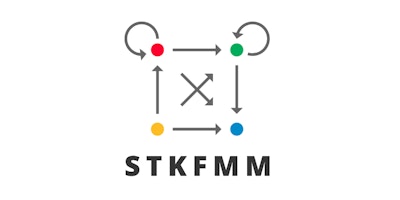
STKFMM
This is a numerical computation package for various single- and double-layer kernels for Laplace and Stokes operators in boundary integral methods, implemented on top of the highly-optimized kernel independent fast-multipole method package PVFMM.

humanbase
Data-driven predictions of gene expression, function, regulation, and interactions in human.

DeepSEA
Deep learning-based algorithmic framework for predicting chromatin effects

FNTM
Functional Networks of Tissues in Mouse
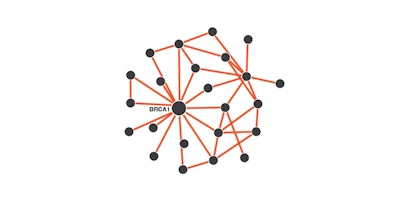
GIANT
Genome-wide Scale functional interaction networks for 144 human tissues and cell types
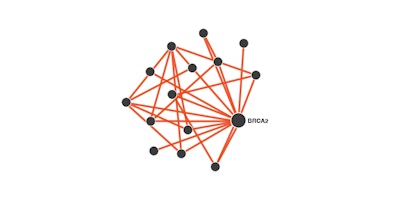
IMP 2.0
Integrative Multi-species Prediction

KNNimpute
K-Nearest Neighbors Imputation
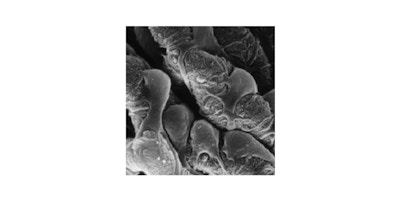
Nano-Dissection
This server performs in silico nano-dissection, an approach we developed to identify genes with novel cell-lineage specific expression.

SEEK
Search-Based Exploration of Expression Compendium [Human]

SkellySim
SkellySim is a simulation package for simulating cellular components such as flexible filaments, motor proteins, and arbitrary rigid bodies.

Sleipnir
Sleipnir Library for Computational Functional Genomics

URSA(HD)
A data-driven perspective to your gene expression profile for human tissues and diseases.

Masala
The public repository for the Core library of the Masala software suite. Masala is a set of free and open-source tools for biomolecular modelling, with a plugin-based infrastructure that makes it easy to extend other software.
